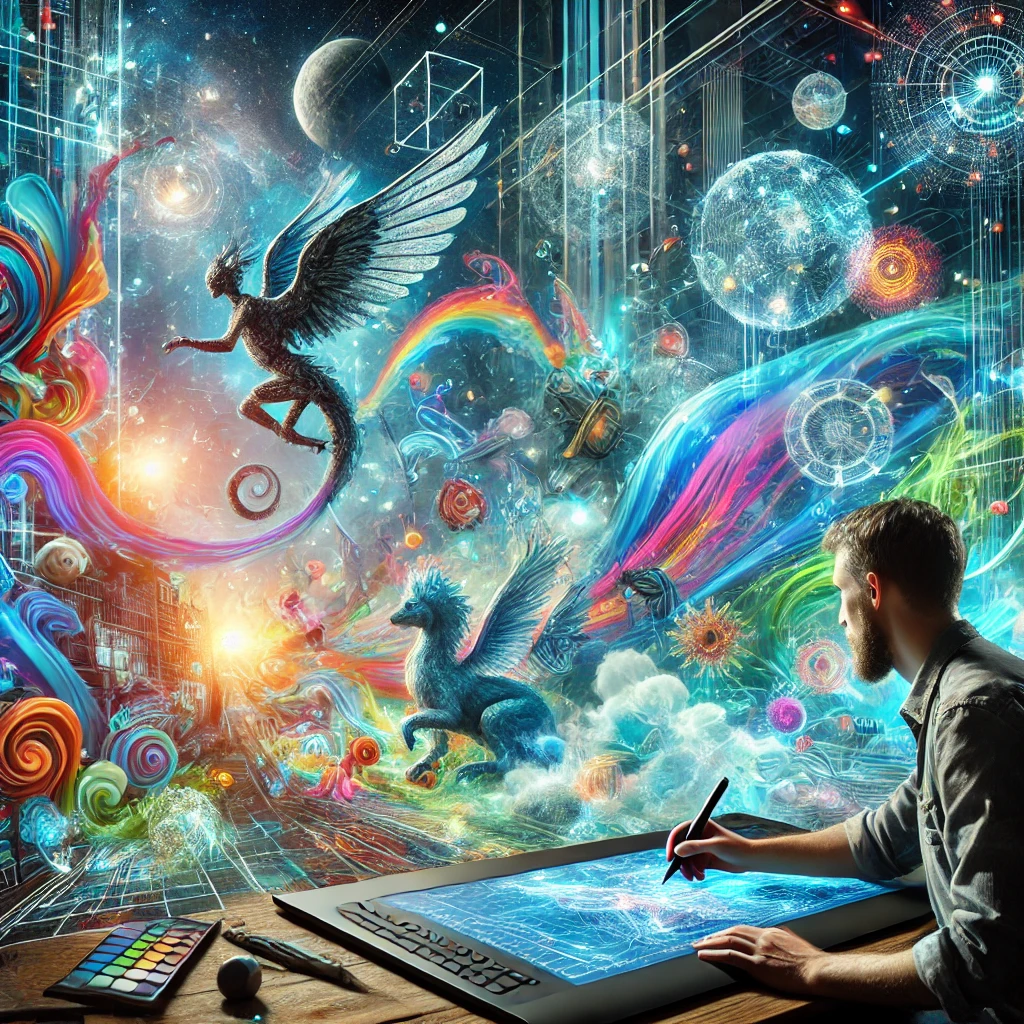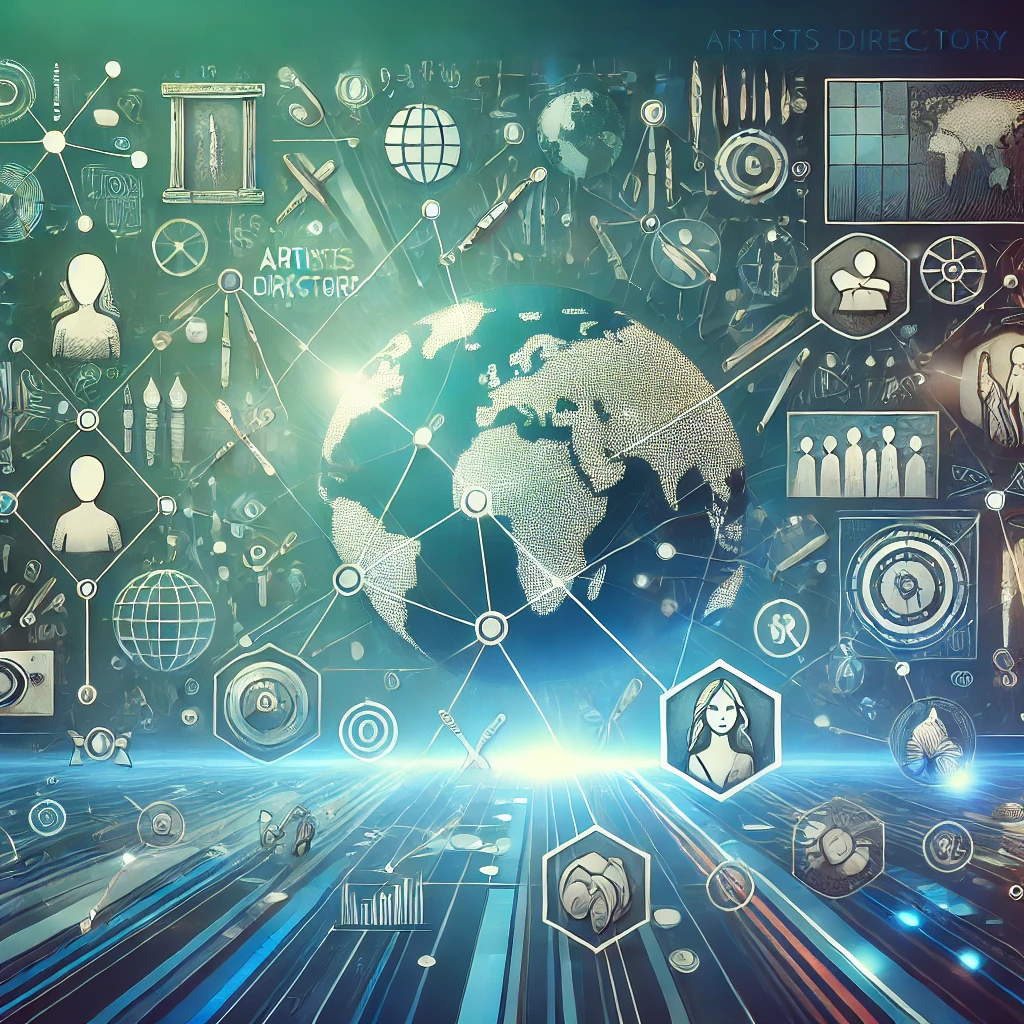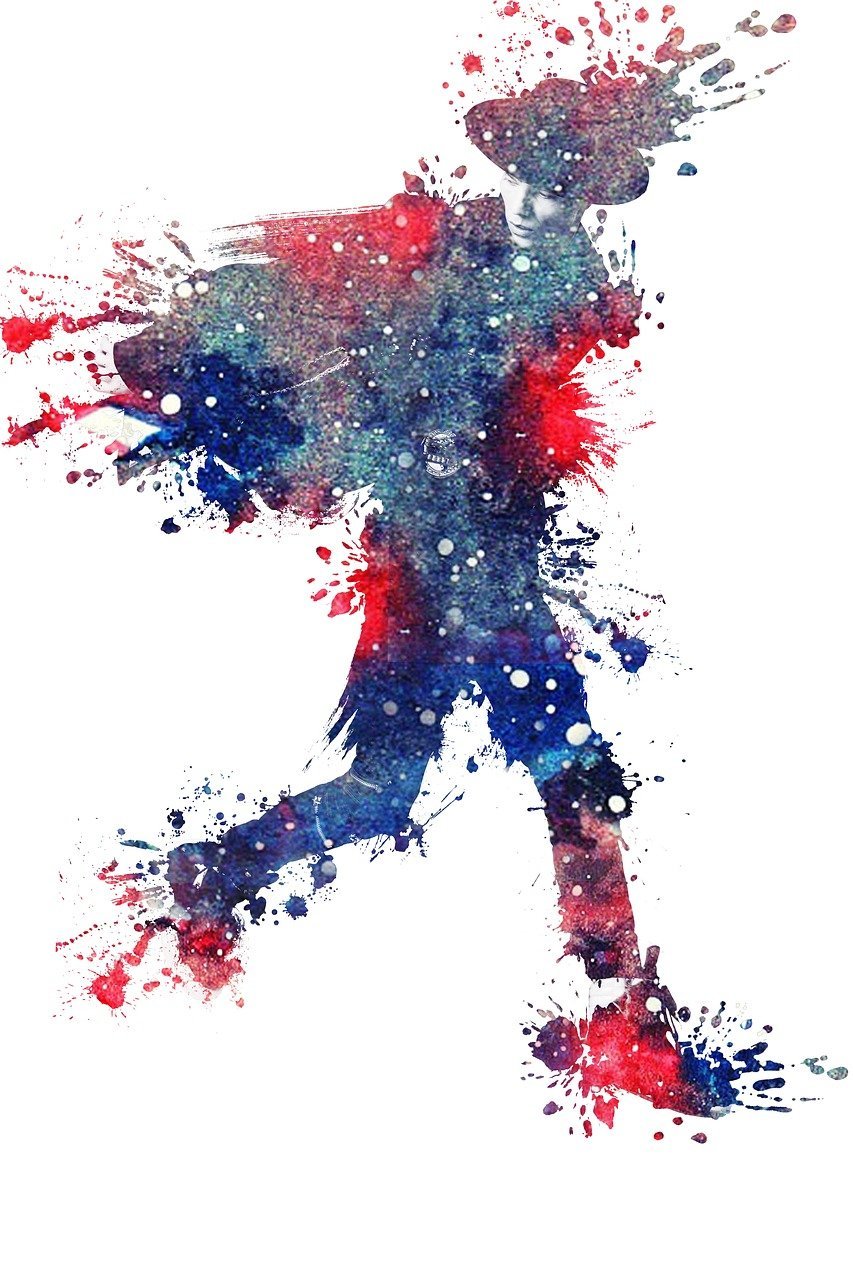In recent years, digital art Ankinsart has become a significant force in the world of creativity, blending technology with artistic vision in ways that push boundaries and redefine traditional norms. But what exactly makes digital art Ankinsart so unique, and how has it influenced both individual expression and industries at large? This article explores the many facets of digital art Ankinsart, diving deep into its history, its influence on the design industry, and its potential future in the art world.
Introduction to Digital Art and Ankinsart
Digital art refers to artistic works created or presented through digital technology. It encompasses everything from digital paintings to 3D modeling and interactive multimedia. Ankinsart represents a unique style and approach within this broad category, offering a new interpretation of what digital art can achieve.
Ankinsart has emerged as a powerful platform for creators, enabling them to leverage digital tools and techniques to produce art that is distinct, dynamic, and widely accessible. Unlike traditional art, which relies on physical materials, digital art Ankinsart allows artists to express their creativity without the limitations of brushes and canvases.
Historical Context of Digital Art
Digital art has come a long way since its inception in the 1960s when artists began experimenting with computers to generate images. Early pioneers used programming and rudimentary computers to produce simple graphics, which at the time were groundbreaking. Fast forward to the present, and digital art has evolved into a sophisticated discipline that includes 3D modeling, virtual reality, and interactive installations.
Ankinsart emerged as part of this digital art revolution. It was born out of a desire to break away from the traditional constraints of art and embrace the endless possibilities that technology offers. Today, Ankinsart is recognized for its bold visual language and its ability to merge fantasy with reality in compelling ways.
Core Features of Ankinsart
Unique Techniques and Methods
Ankinsart stands out due to its innovative techniques and methods. Artists using the Ankinsart style often combine digital tools with traditional art skills, creating pieces that feel both familiar and futuristic. Techniques such as layering, digital photo manipulation, and 3D sculpting are employed to add depth and texture, resulting in visually rich works that capture the imagination.
Tools and Software Used
Ankinsart artists make use of a variety of software and tools to bring their visions to life. Popular programs include Adobe Photoshop, Procreate, Blender, and Corel Painter. These tools provide features such as custom brushes, 3D modeling capabilities, and layering options, which are essential for achieving the intricate details typical of Ankinsart.
How Ankinsart Contributes to Artistic Expression
Digital art Ankinsart opens up new avenues for artistic expression, allowing artists to push creative boundaries that might be limited by traditional media. Ankinsart’s approach fosters an environment where experimentation thrives—artists can test different styles, colors, and techniques without the fear of wasting expensive materials.
The use of digital tools means that creative freedom is essentially limitless. Artists can edit, refine, and revisit their work as much as they want, leading to pieces that are well thought-out and meticulously crafted. This flexibility helps artists develop their unique voices, adding a personal touch that resonates with audiences.
What Makes Ankinsart Different from Other Digital Art Styles?
Comparison with Traditional Digital Art
Unlike other digital art styles, Ankinsart focuses heavily on the fusion of fantasy and realism. Where many digital artworks might lean entirely into one style or another, Ankinsart strikes a balance—creating dreamlike visuals that still maintain a sense of tangible reality. This balance is what makes Ankinsart stand apart in the digital art community.
Unique Visual Aesthetics
The visual aesthetics of Ankinsart are characterized by vibrant colors, intricate details, and imaginative compositions. This style often features elements from nature, surreal landscapes, and fantastical creatures, blending the real with the surreal in ways that captivate viewers. The imaginative storytelling embedded in Ankinsart makes it a favorite among those seeking to escape the mundane and explore new realms of possibility.
Step-by-Step Guide: Creating Digital Art in Ankinsart
Getting Started with Ankinsart
Creating digital art Ankinsart style is accessible to artists at any skill level, thanks to the wide availability of digital tools. To get started, you’ll need basic tools like a drawing tablet and software such as Procreate or Photoshop. Start by sketching out a rough concept, focusing on the flow and composition of the piece.
Tips for Beginners
- Practice Layering: Layering is a fundamental aspect of Ankinsart. Begin by adding base colors, then build up textures and details in separate layers.
- Use Custom Brushes: Many Ankinsart artists use custom brushes to create unique textures and effects. Explore the available options and experiment to find what works for your style.
- Incorporate Photo Elements: Ankinsart often blends realistic photo elements with hand-drawn details. Incorporating photos can add depth and realism to your work, enhancing the visual impact.
Impact of Ankinsart on the Design Industry
Revolutionizing Graphic Design
Digital art Ankinsart has revolutionized graphic design by introducing new methods and concepts. Designers can now create more visually dynamic graphics that merge artistic creativity with functionality. The use of layered textures, surreal elements, and imaginative themes has made graphic design projects more engaging and visually impactful.
Enhancing UX and Marketing Campaigns
In the realms of UX design and marketing, Ankinsart plays a significant role in enhancing user experiences and creating memorable brand messages. The vibrant visuals and interactivity fostered by Ankinsart make digital products more appealing to users, leading to more effective marketing campaigns and a deeper connection with audiences.
Ethical Concerns and Copyright Issues
As with any form of digital creation, ethical concerns and copyright issues are important considerations in digital art Ankinsart. With the ease of sharing and copying digital files, artists must take steps to protect their work from unauthorized use.
Originality vs. AI Assistance
A common concern with digital art, including Ankinsart, is the use of AI-enhanced tools. While these tools can help artists work more efficiently, they also raise questions about the originality of the work. It’s crucial for artists to maintain creative ownership and ensure their unique vision shines through, even when using digital aids.
Addressing Copyright Concerns
To safeguard their creations, Ankinsart artists can leverage platforms that offer digital rights management and watermarking. Additionally, the rise of NFTs (Non-Fungible Tokens) provides an innovative way for artists to verify the authenticity of their work and monetize it securely.
The Growth and Popularity of Digital Art Ankinsart
The popularity of digital art Ankinsart has grown significantly in recent years, partly due to the accessibility of digital tools and the rise of social media. Platforms like Instagram, DeviantArt, and Behance have provided artists with the opportunity to share their work with a global audience, garnering attention and building fan bases.
Ankinsart’s distinctive style has resonated with a diverse group of art enthusiasts, contributing to its rise in popularity. The ability to create and share digital art easily has also led to an increase in collaborative projects and a sense of community among artists.
Impact on the Art Community and Culture
Bridging the Gap Between Traditional and Digital Artists
One of the significant contributions of Ankinsart is its role in bridging the gap between traditional and digital artists. By incorporating techniques reminiscent of traditional painting and drawing, Ankinsart appeals to artists from both worlds, fostering collaboration and mutual respect.
Cultural Influence of Ankinsart
Ankinsart has also had a profound impact on modern culture, particularly in the realms of gaming, entertainment, and branding. Its distinctive style has inspired not only individual creators but also large-scale projects, influencing everything from game character designs to animated movies and advertising campaigns.
Future Opportunities and Challenges for Ankinsart
Technological Advancements
The future of digital art Ankinsart looks bright, with advancements in technology continuing to push the boundaries of what’s possible. Tools like virtual reality (VR) and augmented reality (AR) are creating new opportunities for immersive artistic experiences, allowing artists to take their work into new dimensions.
Overcoming Barriers to Adoption
Despite its popularity, digital art still faces challenges, such as resistance from traditional art circles and accessibility barriers related to the cost of software and hardware. To overcome these barriers, it’s essential to create affordable tools and provide education on how to use them effectively.
Conclusion and Key Takeaways
Digital art Ankinsart is more than just a style—it’s a movement that blends technology and creativity, offering limitless possibilities for artistic expression. From its unique visual aesthetics to its impact on the design industry, Ankinsart continues to push creative boundaries, inspire artists, and influence culture.
As technology continues to evolve, so too will the opportunities for Ankinsart. By embracing these advancements while addressing ethical concerns, artists can continue to create meaningful, impactful words that resonate with audiences around the world. The future of Ankinsart is one of innovation, collaboration, and artistic freedom—truly showcasing the potential of digital art in the modern era.



